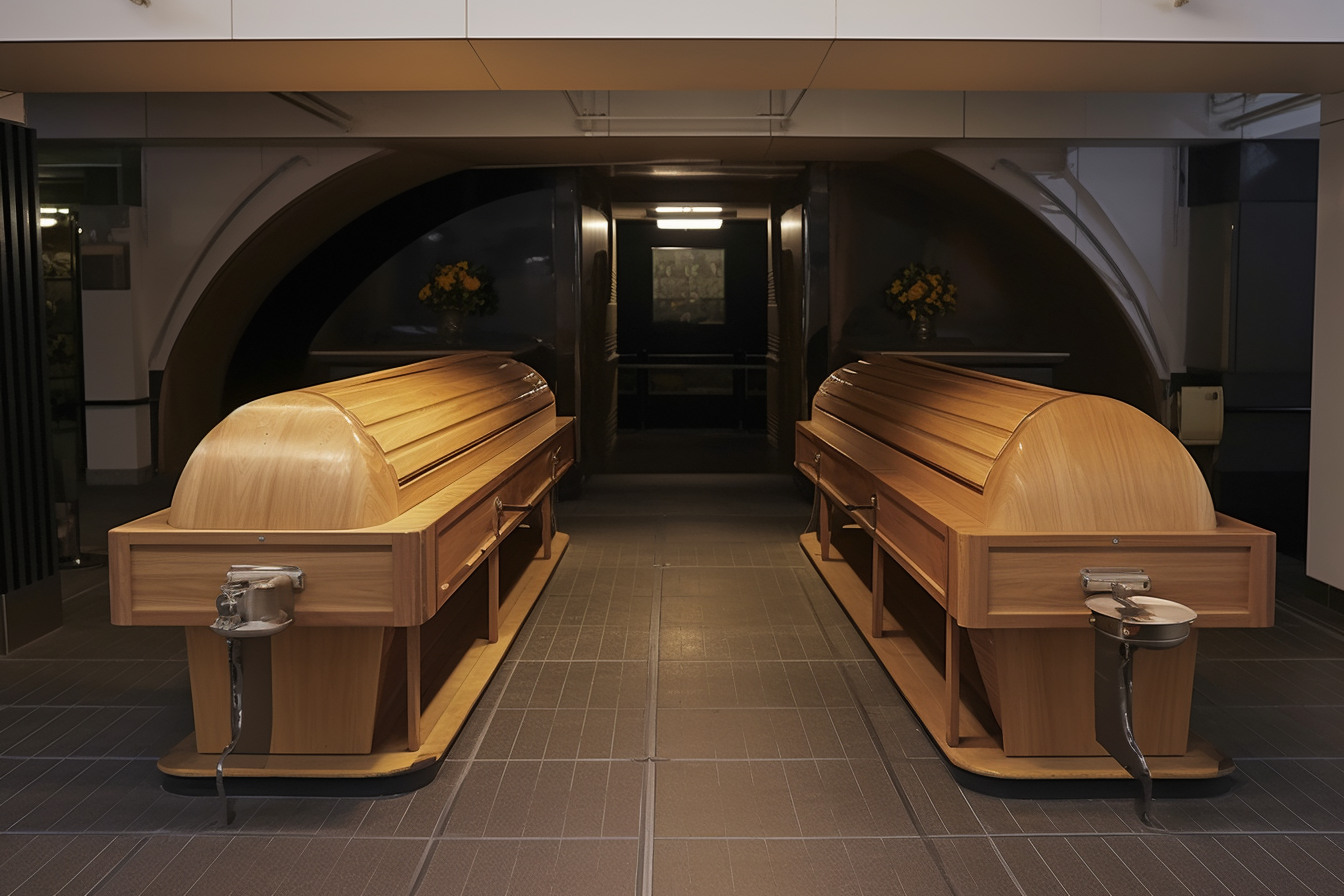Understanding the Cremation Process: Step-by-Step Overview
Cremation is a respectful process that many people don’t fully understand. From careful preparation to the return of ashes, each step follows strict standards and attention to detail. Learn how modern cremation works and what to expect at every stage.

What Really Happens Before Cremation?
Before the actual cremation takes place, several important steps are carried out to ensure a respectful and lawful process. First, the deceased is positively identified, typically through family confirmation or official documents. Any medical devices or prosthetics that could be hazardous during cremation are removed. Personal items, such as jewelry, are also removed and returned to the family unless otherwise specified.
The body is then placed in a cremation container, which may be a simple cardboard box or a more elaborate casket designed for cremation. This container is crucial as it allows for the dignified handling of the deceased and ensures proper placement in the cremation chamber.
The Untold Steps of Preparation
While many are familiar with the basic concept of cremation, there are several lesser-known preparation steps. The crematorium staff meticulously checks all paperwork and permits to ensure legal compliance. They also verify that the deceased has not received any treatments involving radioactive materials, which could pose risks during cremation.
The cremation chamber, also known as a retort, is preheated to the appropriate temperature, typically between 1,400 to 1,800 degrees Fahrenheit. This high temperature is necessary for the efficient and complete cremation of the body. The staff also prepares specialized tools for handling the remains throughout the process.
How Long Does Cremation Take?
The duration of the cremation process can vary depending on several factors, including the size of the body, the type of container used, and the specific equipment of the crematorium. On average, the actual cremation takes about 2 to 3 hours for an adult body.
However, it’s important to note that this is just the cremation itself. The entire process, including cooling and processing the remains, can take 3 to 5 hours. Families should be aware that from the time of death to receiving the ashes, the entire process may take several days, accounting for paperwork, scheduling, and post-cremation procedures.
What Remains Look Like After Cremation
After the cremation is complete, what remains are not ashes in the traditional sense, but rather bone fragments. These fragments are processed into a fine, sand-like consistency that people generally refer to as “ashes.” The color can range from light grey to dark grey, depending on various factors.
The volume of cremated remains typically ranges from 3 to 9 pounds for an adult, with an average of about 5 pounds. This can fill an urn roughly the size of a shoe box. The texture is usually described as coarse and granular, similar to coarse sand or fine gravel.
Cremation Service Providers and Costs
| Provider | Services Offered | Cost Estimation |
|---|---|---|
| Dignity Memorial | Traditional and direct cremation, memorial services | £1,500 - £3,500 |
| Co-op Funeralcare | Simple cremation, full service cremation | £1,200 - £3,000 |
| Simplicity Cremations | Direct cremation, attended cremation | £995 - £1,695 |
| Pure Cremation | Direct cremation only | £1,195 |
Prices, rates, or cost estimates mentioned in this article are based on the latest available information but may change over time. Independent research is advised before making financial decisions.
The cost of cremation services can vary widely depending on the type of service chosen and the provider. Direct cremation, which involves cremation without a viewing or ceremony, is typically the most affordable option. Full-service cremation, which may include a viewing, ceremony, and other traditional funeral elements, will be more expensive.
When choosing a cremation service provider, it’s important to consider not only the cost but also the range of services offered, the provider’s reputation, and their ability to meet your specific needs. Many providers offer customizable packages to suit different preferences and budgets.
In conclusion, understanding the cremation process can help families make informed decisions during a difficult time. From the initial preparation to the final disposition of remains, cremation involves a series of carefully managed steps designed to provide a respectful and efficient alternative to traditional burial. By familiarizing yourself with these procedures and considering the various service options available, you can ensure that your loved one’s final wishes are honored in a manner that brings comfort and closure to all involved.




